Building a brand new drag car is not always in the cards. It can get expensive and wait times for a chassis or engine builder, parts, and so forth can be long. That makes a used race car a compelling alternative. If you decide to go this route, you need to do your due diligence to make sure you’re not buying someone else’s troubles. This article will help you do just that. Most of the following information centers around door cars, but much of it applies to dragsters and altered too.
The reason most drag cars are sold is because they are just worn out. Take old Pro Stock cars. They might seem like the logical choice if you’re planning to build a Top Sportsman car or a Super Gas combination. But many of those Pro Stockers are well past their ‘best used before’ date and may be more work than it’s worth.
On the other hand, something like a small displacement Competition Eliminator car will have seen far less abuse and stresses than a Pro Stock machine. That means they can be great buys if they’re well maintained.
Certifications and Paper Trails
Safety is paramount in racing. Check the SFI certification labels on the chassis and parts like the bellhousing, flywheel/clutch, flexplate, and of course the safety harness, parachute if equipped, and fire suppression system. Some of these items have expiration dates and must be replaced at given intervals. The NHRA Rule Book has a chart in Section 22 that lists the safety equipment required for a given ET.
Paper trails are important too. Cross your fingers and hope the previous owner kept meticulous records. If there’s a logbook that goes with the car, grab it. It should tell you things like what chassis setups were used and how well the car performed over its career. It might even tell you when parts were replaced or swapped out and what engine oil, transmission fluid, and gear oil were used. Things like a cam spec card are also invaluable.
Chassis
Let’s take a look at the chassis. If the car in question has a tube chassis painted or powder coated light grey, thank your lucky stars. That make it easy to spot cracks. If not, you’ll have to carefully check the tubing and the welds to ensure it’s all OK. A super-bright LED flashlight or handheld shop light is perfect for this.
Take a very close look at chrome-plated chassis parts. Wheelie bars are a really good example. If the chrome parts are not baked right after plating, they lose ductility due to excess hydrogen absorption. That’s called hydrogen embrittlement. It makes the material brittle, leading to cracks and eventually parts failure.
With many cars, it’s easy to see if the chassis is tweaked by looking at the shocks and springs with the car on level ground. If it has coilovers, count the number of threads on each of the shock bodies coil spring seats and compare. If they’re off, that could indicate a problem.
Measure the distances from the rocker to the ground in several locations. That can also give you idea if the car is out of whack. Make sure to ask if there is a preload on the chassis so you can factor that into your inspection.
Since you’re down there looking at shocks, check for leaks and loose spherical (rod) bearings. That’s easy enough to inspect with the car off the ground. If the shocks rattle around excessively, you’ll know it has issues. Try turning the adjusters. If they don’t move, something is amiss. Check the springs for cracks or other damage while you’re at it.
If the suspension uses a lot of rod ends, replacing worn or damaged ones can prove costly. A good three-piece aircraft style rod end, such as FK’s RSMX rod ends sold by Summit Racing, can cost upwards of $75 each! Figure there are eight of them in just a four-link setup and you get the idea.
You want to inspect the rod ends to see if they are loose or if the spherical balls are getting beat out of the races. Check for super-cheap replacement rod ends as well. You can get those things for $10 or less. Instead of a quality Teflon liner, these bearings are manufactured with a shot of plastic between the bearing and the race. Those won’t last long in the heat of competition.
Brakes are really important too. It’s easy enough to examine the rotors for wear and cracks. Drilled rotors are susceptible to cracking. Same with the pads. Race-spec pads wear quickly because of the softer compound, so they will usually need replacing.
Check the calipers, brake line, and master cylinder for damage and leaks. Plan on replacing at least a few brake lines and fittings.
Leaks, Leaks, Leaks
It’s better to find leaks during inspection than when you take the new-to-you car to the track and have the tech inspector at the track fail you for leaking something. Fuel systems; cooling systems; transmission coolers; oil pan, timing cover, and valve cover gaskets; tailshaft housing seals; and axle seals and differential covers are all potential leak points. Most are easy enough to fix, but you can’t fix what you don’t know about.
Hose and fittings are other trouble spots. If the car runs on pump gas, be double careful with AN hose. Today’s pump gasoline has some amount of ethanol in it, which can rot AN hose from the inside out. If the car ran aviation or race gas, hose rot won’t be as prevalent. Most cars set up to run alcohol have plumbing like Teflon-lined hose that is alcohol resistant. A damp hose spells trouble no matter what fuel was used.
Don’t forget to examine hose ends and fittings. Look for weeping, rounded-off corners, deep scratches, and other damage. They are signs of overtightening or neglect. Replacing AN plumbing can add up quickly, especially if you have to redo the entire car. A single -10 AN straight hose end can cost more than $20 depending upon the brand.
Wheels and Tires
Go over the car’s rolling stock. Expect to replace tires unless you know for certain they are new or have very few passes on them. Aluminum race wheels are light, flexible, and expensive. Hard use can damage them pretty easily. Look for cracks near the lug nuts and the joining locations. If the car has multi-piece, bolt-together wheels, check for loose or missing bolts.
Drivetrain
The best way to learn about the condition of the drivetrain is to hear it run. You’ll know pretty quickly if the engine is in good shape. Better still would be putting the car on axle stands and running it through the gears. A wounded transmission or bad rear end often reveal themselves this way.
Do the basic checks on the engine, transmission, and rear axle. Check oil and fluids. Are they at the correct levels or smell burned? Look at the header collectors. You want to see a shade of gray, not white or black. Those colors indicate an overly lean or rich air/fuel mixture. If the car has an alternator, make sure it’s charging the battery.
Ask if you can remove the valve covers. A once over with a flashlight can discover things like a broken spring or irregular wear patterns on the valve stem tips. Residual milky oil in the cylinder head can be a sign of a blown heat gasket or crack allowing coolant to get in. Keep in mind many heavily ported heads can leak a small amount of coolant.
Bring a Pal
Perhaps the best thing you can bring to a car inspection is a friend, especially one that is familiar with drag cars. An extra pair of experienced eyes can spot things you might have missed or didn’t know to look for. Your friend might think of questions to ask the owner. Buying a tweaked or otherwise damaged car can cost a small fortune to fix, so it’s better to be cautious than sorry.
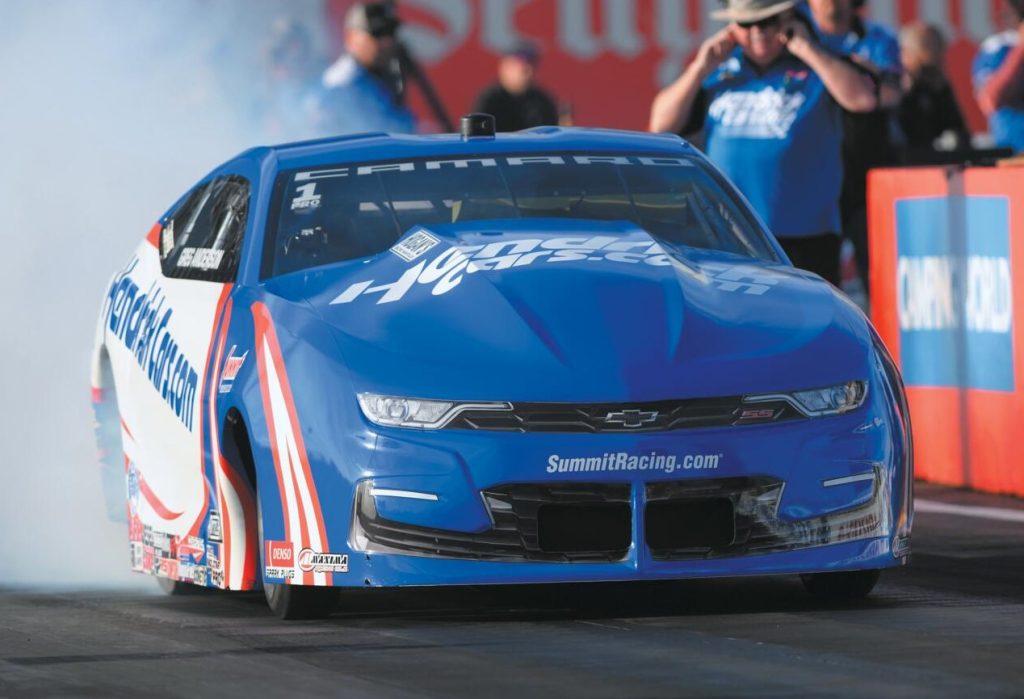
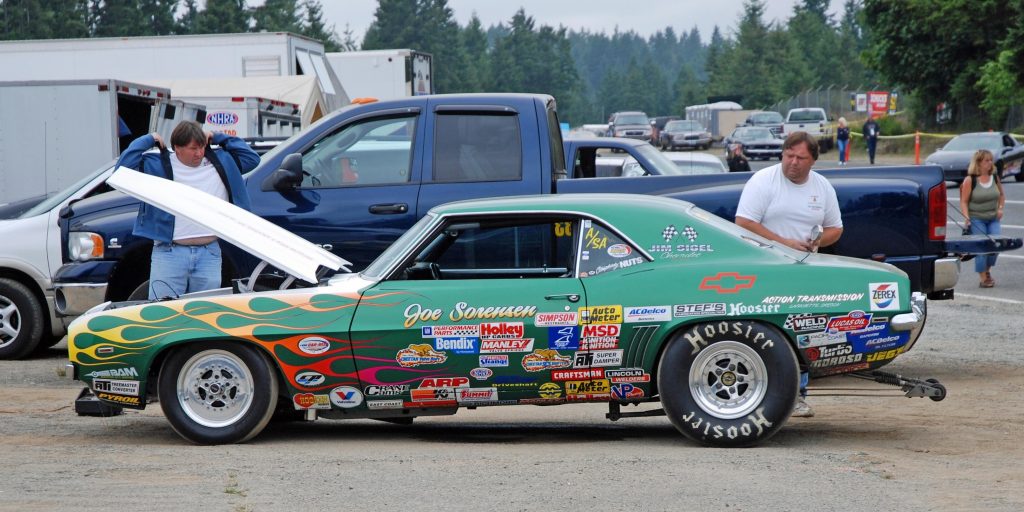
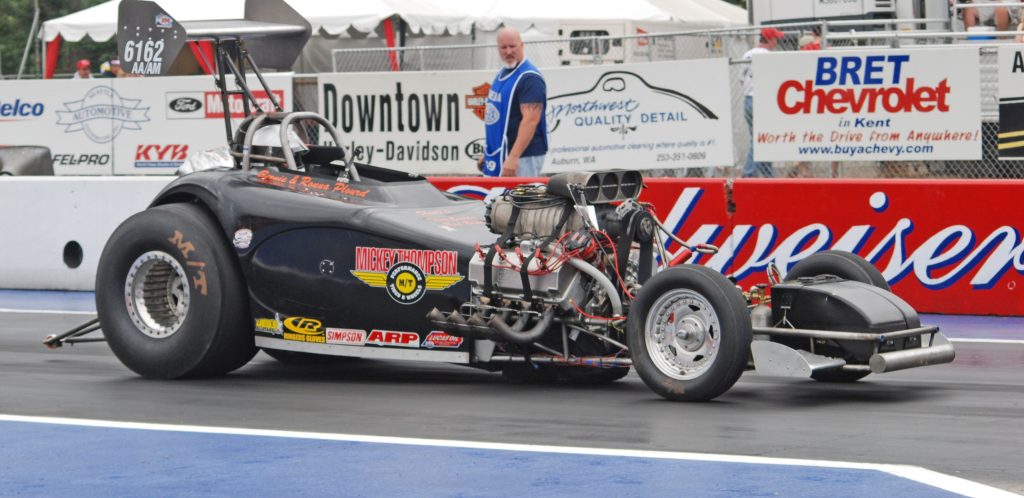
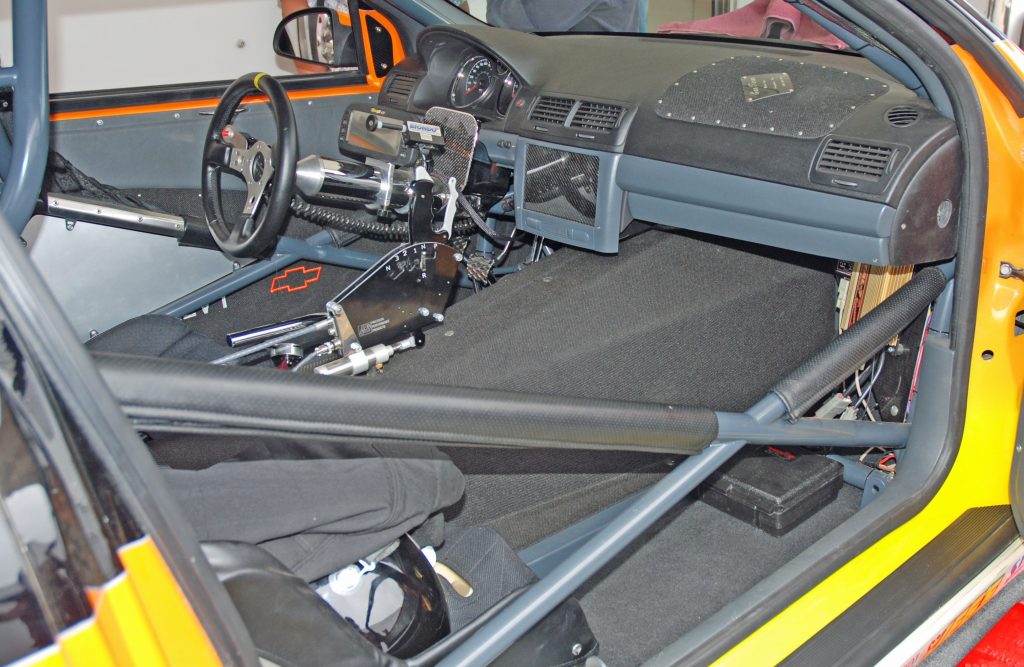
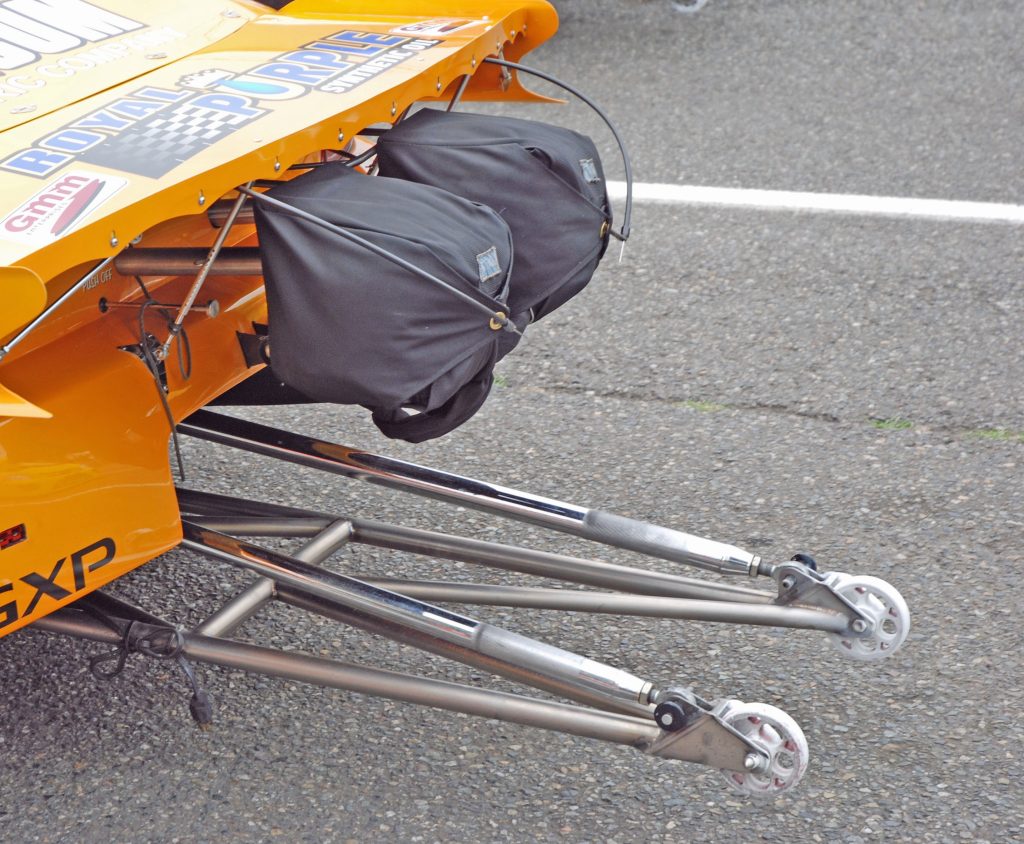


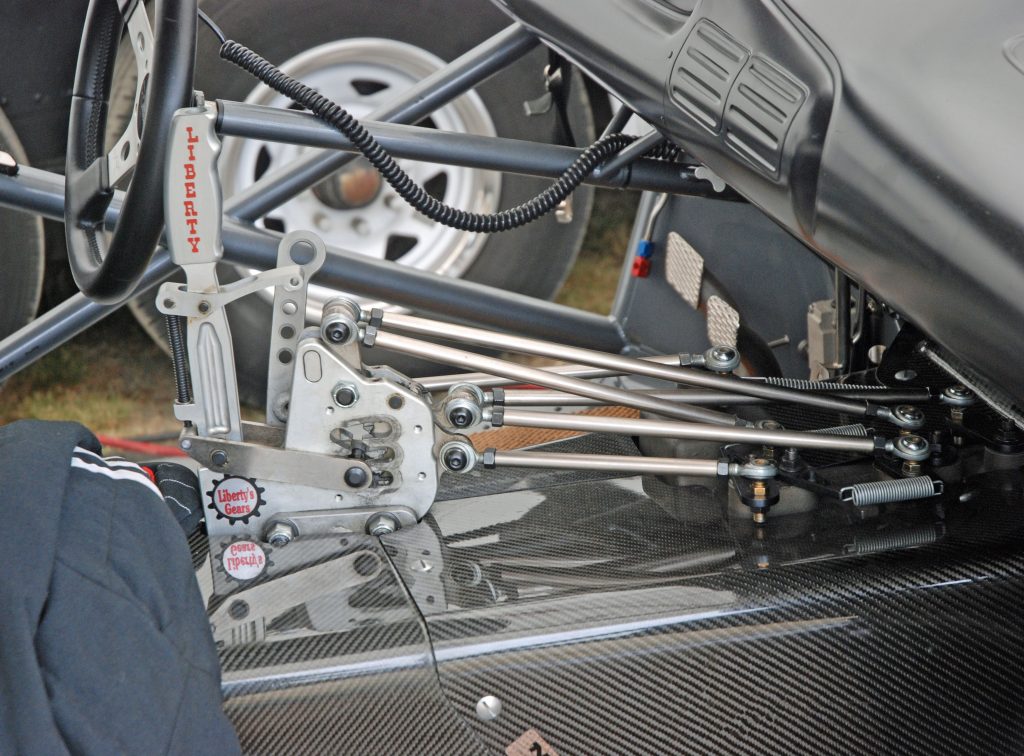
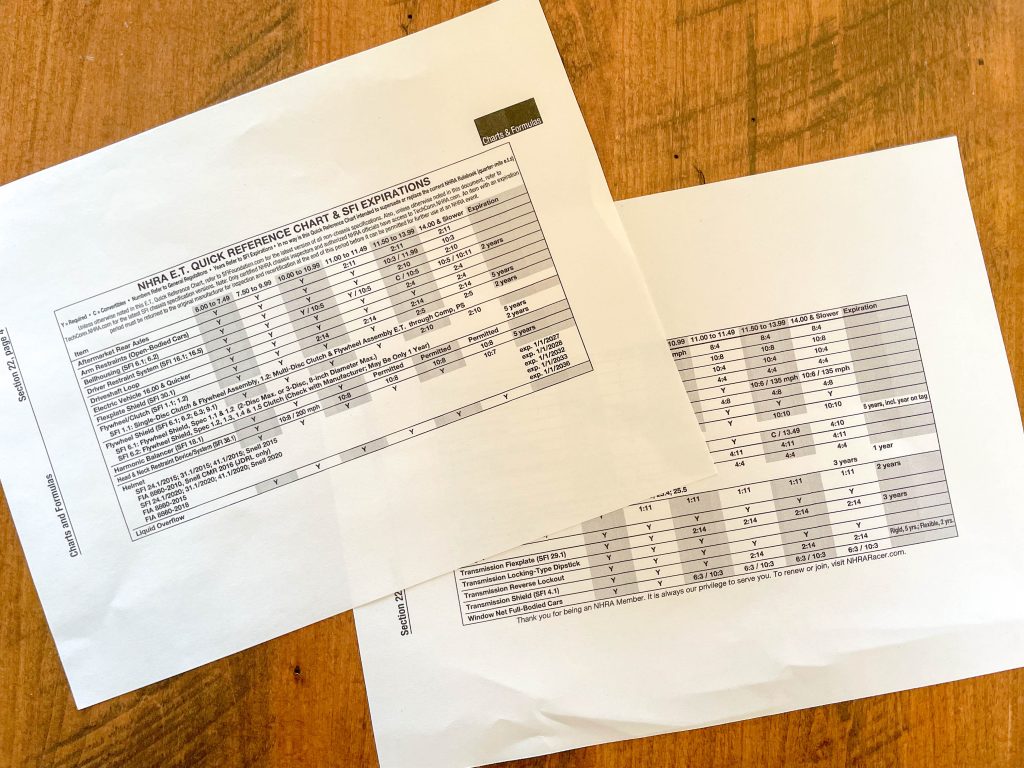
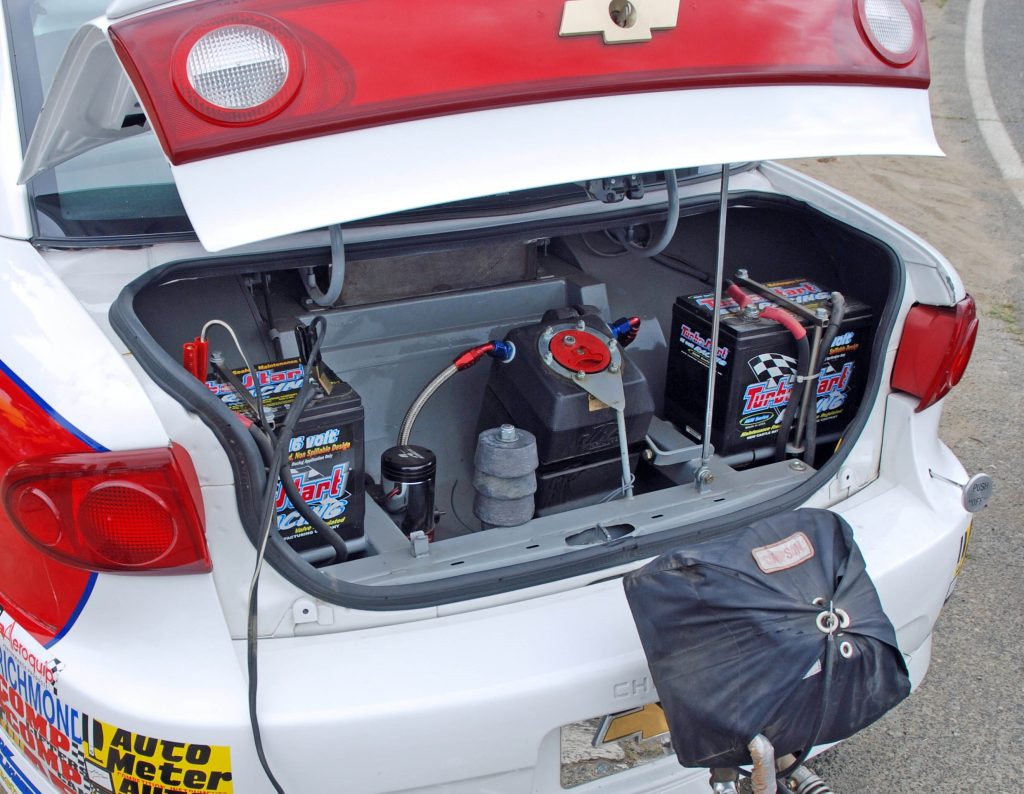

Comments